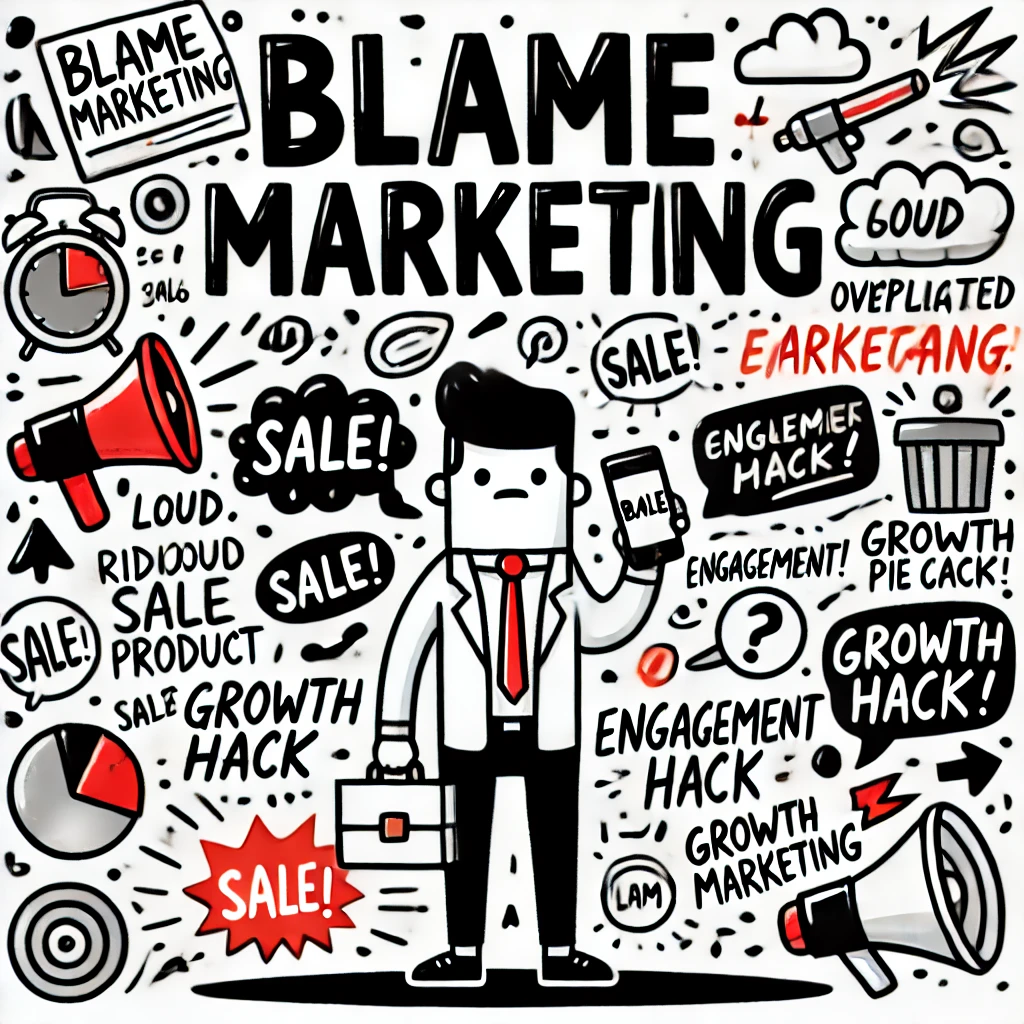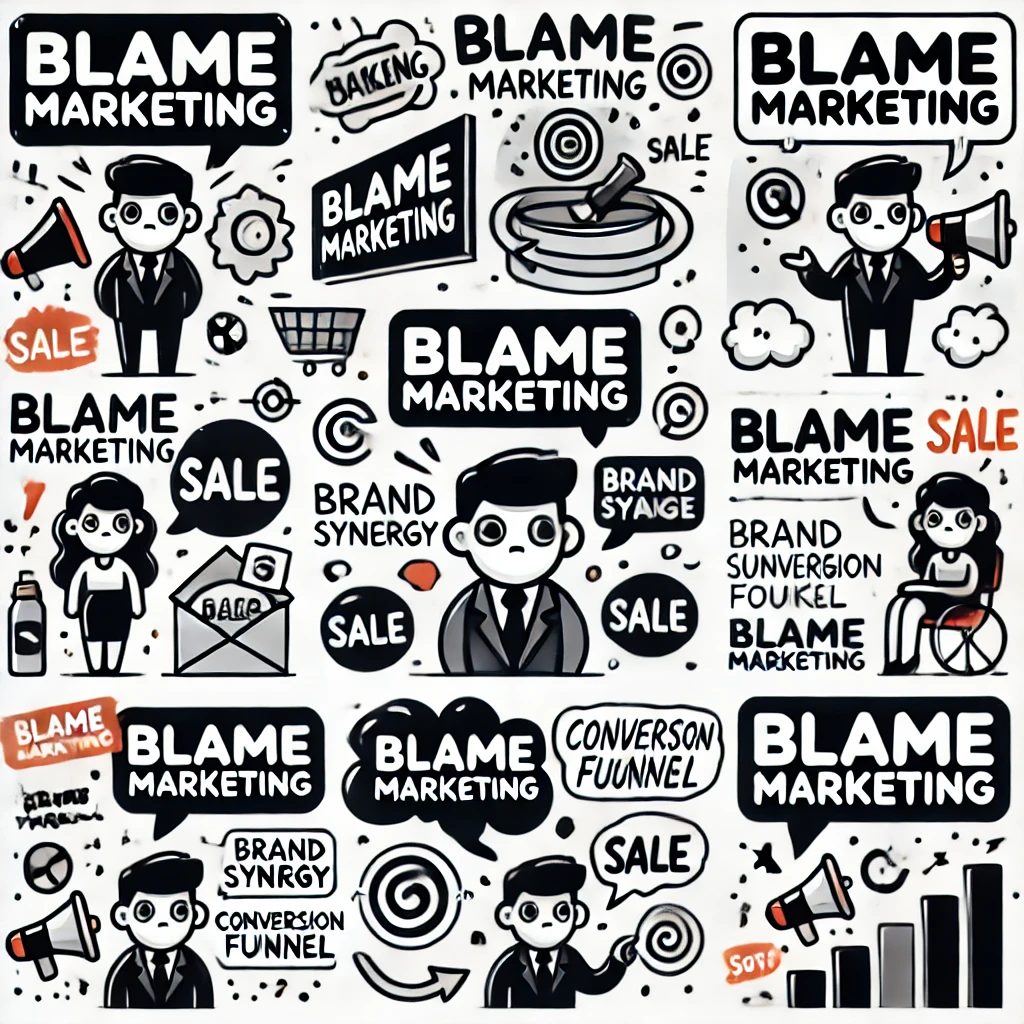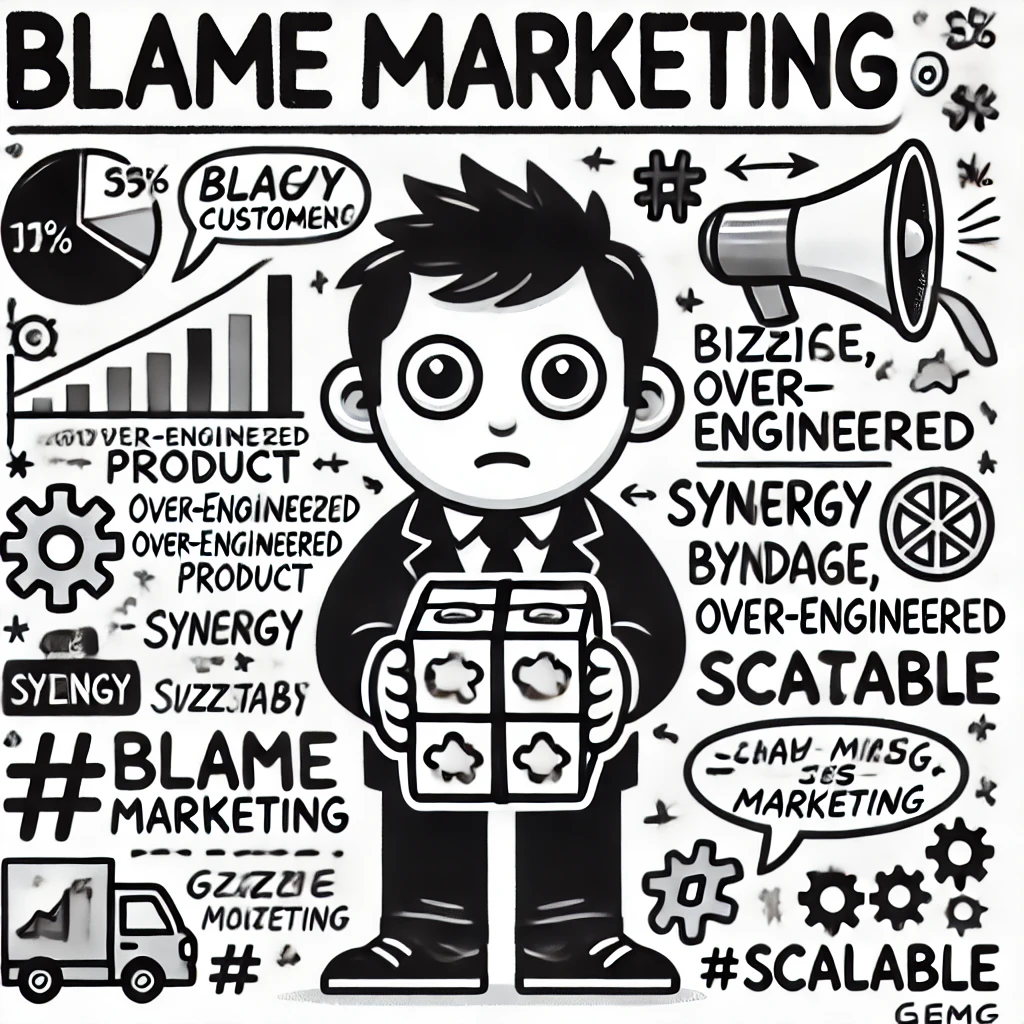In 2009, I opened Twitter and told the world to blame my cancer.
Someone lost their job? Blame my cancer.
Got a parking ticket? Cancer’s fault.
Stubbed your toe on the coffee table? Probably chemo-related.

One tweet. That’s all it took.
It was sarcastic. It was sad. It was real.
And then it exploded.
Thousands of tweets.
Mentions in the press.
Corporate sponsors offering to donate for every hashtag.
Events, interviews, momentum.
All from a single sentence.
Because the content fit the moment.
Because the story was strong.
Because it made people care.

Meanwhile, your clinic posted “Happy Monday!” with a stock image of a stethoscope — and wondered why no one noticed.
Why Content Creation in Healthcare Feels So… Dead
Let’s be blunt. Most healthcare content sucks.
It’s either written like a med school textbook, or worse — like someone trying not to offend the ghost of HIPAA.
Dry. Passive. Robotic.
“The patient may experience mild discomfort.”
No. The patient is terrified and Googling, “Why does my side hurt and am I dying?”
Clinics write for compliance, not connection.
They post what’s safe, not what’s true.
They treat content like a checkbox — not a weapon.
And then they ask, “Why isn’t our blog working?”
Content Is Your Front Door (Whether You Like It or Not)
Before a patient walks into your office, they walk into your content.
Your blog.
Your video.
Your tweet.
Your “About” page that says “We are a leading provider of comprehensive, patient-centered healthcare solutions” — which means nothing to anyone.
Here’s the part no agency will tell you:
Patients don’t just want information.
They want to feel seen. Heard. Understood.
The right content doesn’t just explain — it ignites.
It turns attention into trust.
It turns trust into action.
It turns a tweet into a movement.
Just ask me.
What Blame Drew’s Cancer Campaign Did Right (That Most Clinics Never Will)
We weren’t strategic.
We were human.
We said something honest — and the internet lit the fuse.
It wasn’t SEO-optimized. It wasn’t approved by legal.
It was just a guy going through hell, and giving people permission to laugh, scream, and connect.
That’s content.
Not this templated, AI-churned, keyword-stuffed mush most clinics are putting out.
We didn’t wait for permission.
We didn’t ask if it was “on brand.”
We just told the truth — in a way people couldn’t ignore.
And that’s the secret.

Check This Case Study On How This Clinic’s Marketing Strategy Was Worse Than Chemo
You Don’t Need More Posts — You Need a Pulse
Your clinic doesn’t need another “5 Tips for Managing Your Blood Pressure” blog post that’s been written 9,000 times.
You need content that feels alive.
A short video from your lead doc explaining how to spot real pain vs. internet paranoia.
A blog post about what not to do after back surgery, written in plain English.
A tweet that doesn’t just say “we care,” but shows it.
Because content isn’t about quantity — it’s about impact.
And impact doesn’t happen if you’re just publishing to publish.
Final Diagnosis: Write Like You Give a Damn
We made thousands of people laugh in the middle of something tragic.
That’s what content can do when it’s done right.
Your clinic has stories.
Your team has wisdom.
Your patients are already looking for help.
You don’t need a viral tweet.
You just need to say something worth hearing.
Or you can keep posting “Fun Fact Friday” and blame the algorithm when no one clicks.
If it helps, you can blame me.
We’ve done it before.